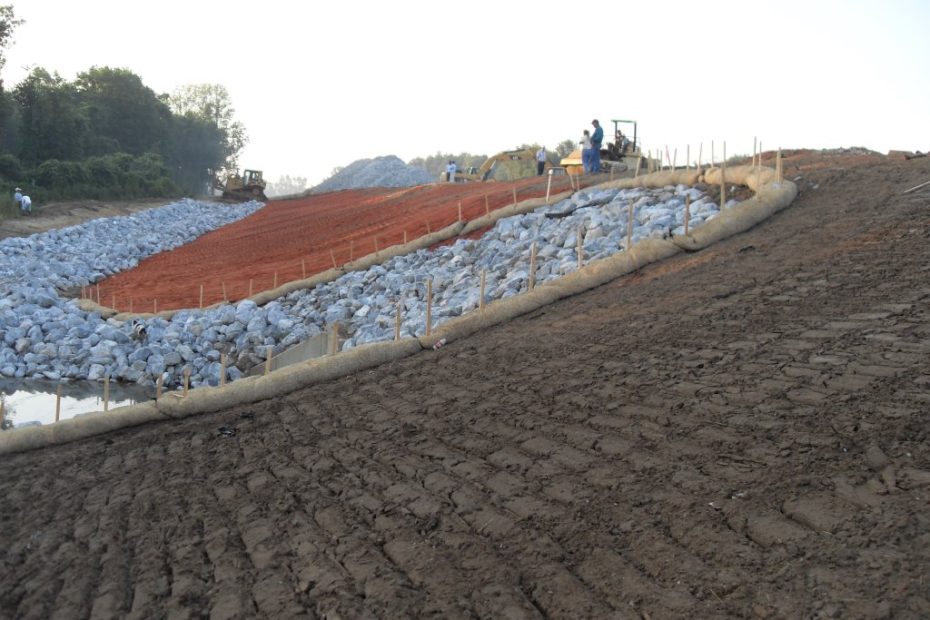Geotechnical Engineering in South Africa: Comprehensive Solutions for Building And Construction and Development
Geotechnical Engineering in South Africa: Comprehensive Solutions for Building And Construction and Development
Blog Article
How Consulting Civil Engineering Firms Contribute to Effective Project Management and Style Application
Consulting civil design firms are integral to the success of building and construction jobs, merging technological efficiency with critical oversight. By concentrating on design optimization and threat reduction, these firms make certain that projects are not just viable however affordable and also lasting.
Role of Civil Engineers
Understanding the function of civil engineers is essential for the successful monitoring of building and construction tasks. Civil designers work as the backbone of framework advancement, making certain that projects are designed and carried out to satisfy sustainability, security, and functionality requirements. Their experience encompasses different facets of design, including architectural, ecological, and geotechnical specializeds.
Civil engineers are accountable for performing usefulness research studies, which examine the viability of proposed jobs by examining financial, technological, and environmental elements. They establish in-depth plans and requirements, integrating ingenious remedies to optimize products and resources. During the construction phase, civil engineers manage the task, teaming up with stakeholders, designers, and professionals to guarantee adherence to develop specs and regulatory demands.

Project Planning Strategies
Effective task preparation strategies are important for guaranteeing that building jobs are carried out efficiently and efficiently. Consulting civil engineering companies play an essential role in this process by using thorough planning techniques that resolve numerous job stages. Originally, an extensive evaluation of project scope and customer needs is conducted, enabling for the recognition of critical turning points and deliverables.
Furthermore, these firms utilize devices such as Gantt graphes and job administration software to develop thorough timelines, allowing efficient scheduling of tasks and source allowance. This structured approach assists to anticipate possible traffic jams and assign necessary sources proactively. Risk management is an additional vital element; firms perform danger assessments to recognize potential issues that might occur during the job's lifecycle, applying reduction approaches to reduce disruptions.
Additionally, stakeholder involvement is emphasized throughout the planning stage. Regular communication with customers, service providers, and neighborhood authorities makes certain that all parties are lined up with project objectives and timelines. By incorporating these methods, consulting civil design firms boost the likelihood of project success, ensuring adherence to budget plan restrictions and governing needs while fostering a collaborative setting.
Layout Optimization Strategies
Style optimization techniques are necessary for improving the efficiency and sustainability of civil engineering projects. These techniques involve the systematic evaluation of design parameters to achieve the best feasible end results while minimizing costs and resource usage. By utilizing innovative computational devices and formulas, designers can examine different style options and choose the most effective options based on certain task requirements.
One extensively made use of strategy is parametric layout, which permits the control of style variables to observe their impact on overall task efficiency. This iterative process brings about ingenious services that not only fulfill practical demands but likewise comply with ecological criteria. Furthermore, techniques such as worth engineering concentrate on maximizing job elements to optimize value while reducing unneeded Going Here costs.
Moreover, the assimilation of Building Details Modeling (BIM) assists in better cooperation among stakeholders, enabling real-time modifications and enhancements to styles. This holistic sight fosters a thorough understanding of the job, leading to best site educated decision-making. Ultimately, reliable style optimization strategies lead to boosted job timelines, lowered waste, and improved architectural performance, adding to the overall success of civil design undertakings.
Risk Administration Approaches
Danger monitoring strategies are crucial in making sure the successful distribution of civil design projects, as they aid identify, evaluate, and minimize potential threats that could affect task outcomes. Efficient threat management is a methodical procedure that entails the recognition of dangers, analysis of their possibility and influence, and the growth of techniques to resolve them.
Consulting civil design companies generally employ a combination of measurable and qualitative threat analysis techniques (geotechnical engineering companies learn this here now in south africa). Qualitative techniques, such as conceptualizing sessions and experienced interviews, help gather insights on prospective dangers from different stakeholders. Alternatively, measurable strategies entail analytical evaluation and modeling to figure out the likelihood and potential influence of identified threats
Once threats are assessed, firms apply reduction strategies, which might include danger evasion, transfer, approval, or decrease. This can entail upgrading task parts to get rid of dangers or protecting insurance coverage to balance out potential financial losses. Continual surveillance and evaluation of risks throughout the project lifecycle are additionally important, enabling timely changes to take the chance of administration techniques as new threats arise.
Collaborative Interaction Practices
Enhancing job results through joint interaction methods is crucial for consulting civil design companies. Efficient communication cultivates a culture of openness and depend on among stakeholders, which is crucial for the successful implementation of engineering jobs. By executing structured interaction networks, companies can make sure that all events-- customers, service providers, and employee-- are lined up on project objectives, deliverables, and timelines.
Normal meetings, both informal and official, help with the exchange of concepts and feedback, permitting real-time analytical and decision-making. Making use of collaborative devices such as project monitoring software program encourages documents and tracking of development, while making it possible for immediate accessibility to important details.
Furthermore, energetic listening and open dialogue are important components in a collaborative setting. By valuing diverse perspectives, firms can introduce and adjust styles that satisfy both technological demands and customer assumptions. In addition, cultivating a team-oriented atmosphere reduces misconceptions and boosts the total quality of work.

Conclusion
In conclusion, getting in touch with civil engineering companies are integral to effective task management and layout implementation. Inevitably, the proficiency and techniques utilized by seeking advice from civil engineers substantially add to achieving job objectives while minimizing expenses and maximizing resource application.

In final thought, consulting civil design companies are indispensable to effective task administration and design application.
Report this page